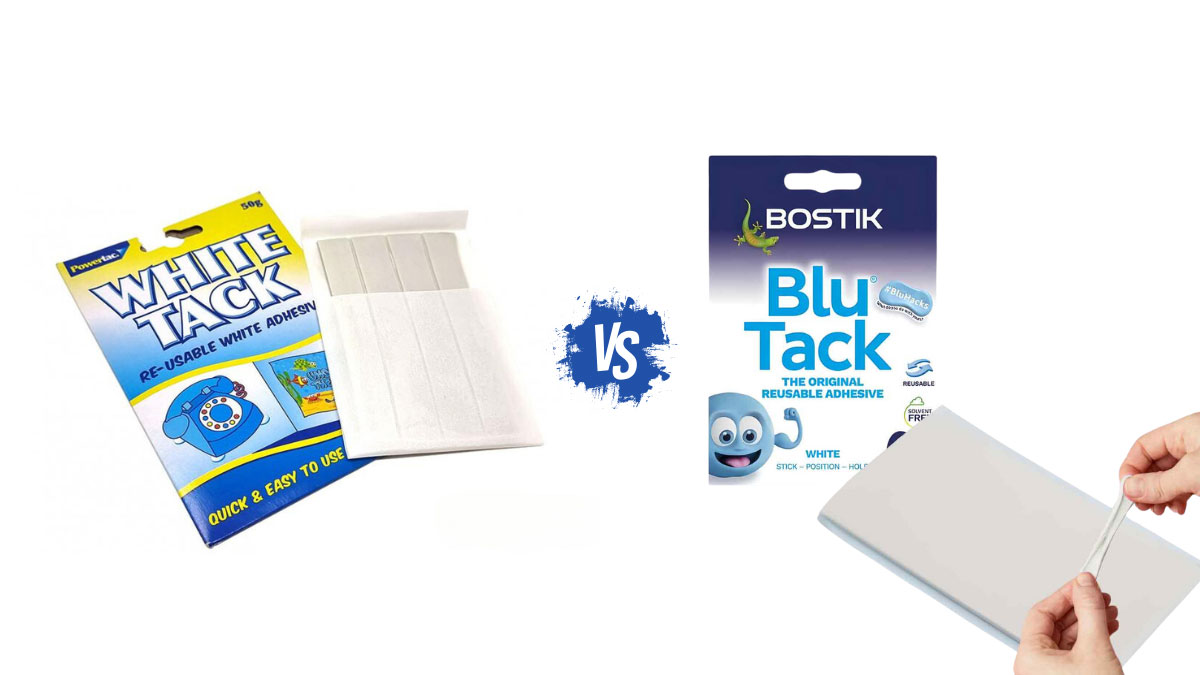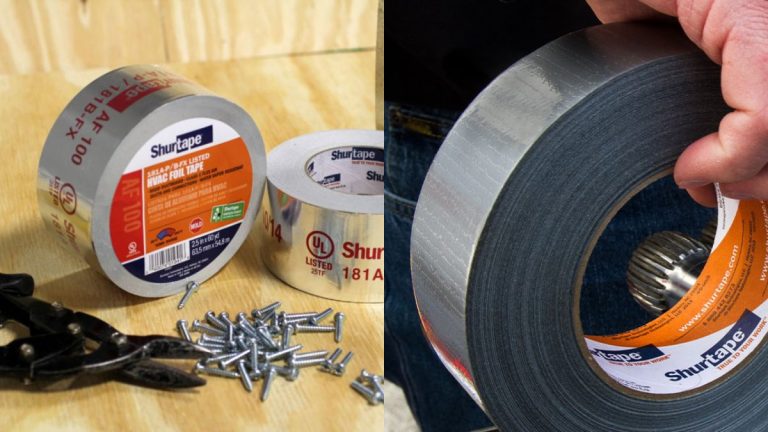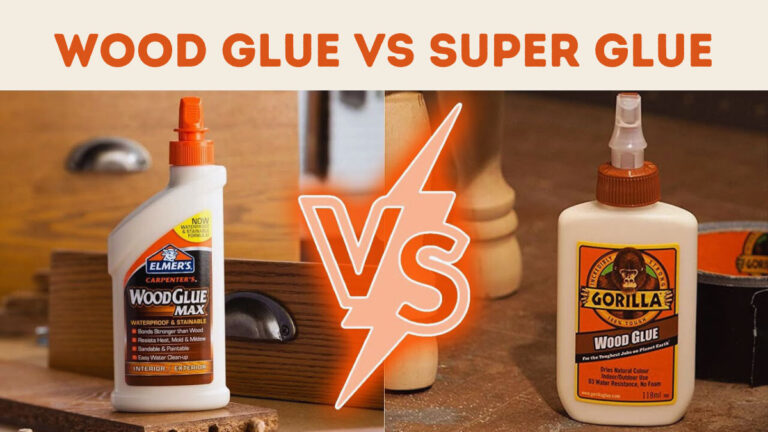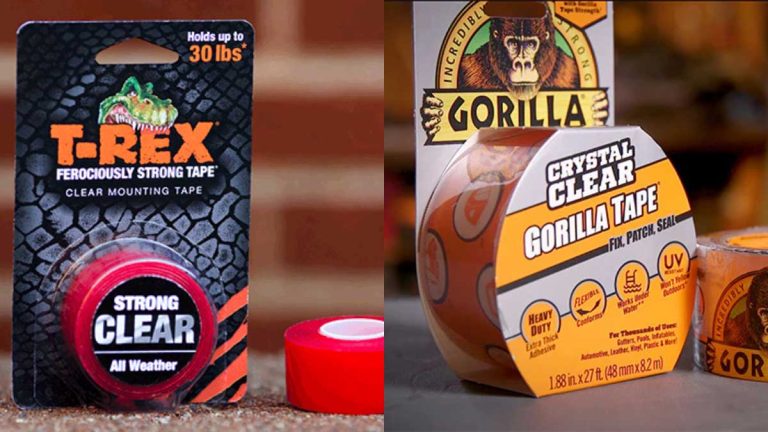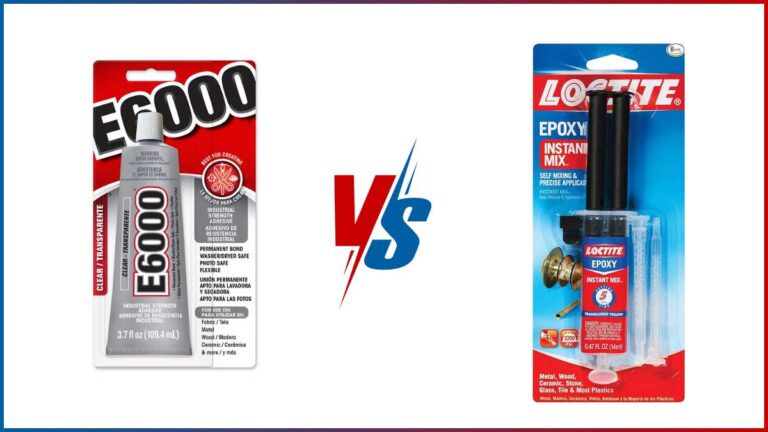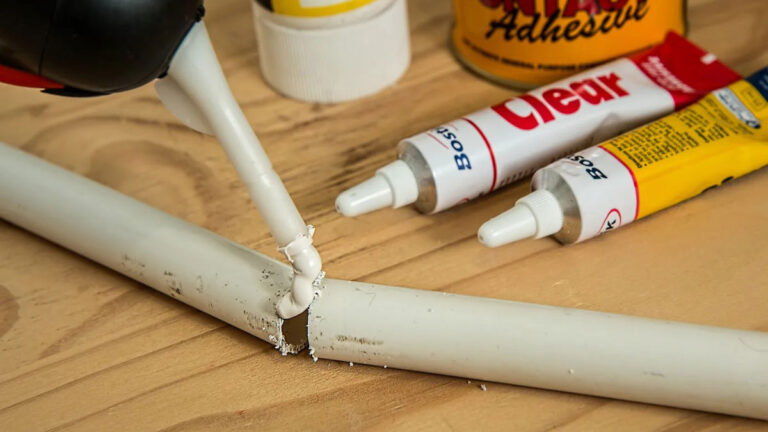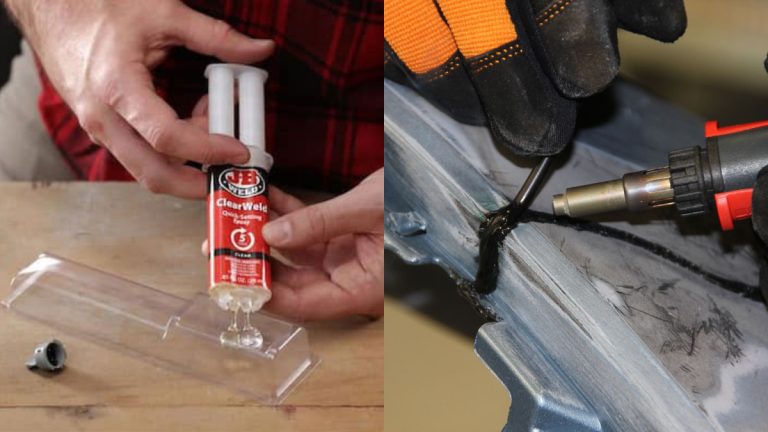White Tack vs Blu Tack: Choosing the Best Adhesive for Your Needs
Ever found yourself in a sticky situation deciding between white tack and blu tack? You’re not alone. These versatile adhesives have become household staples, perfect for hanging posters, securing loose items, or even crafting. But which one should you choose?
White tack and blu tack may seem similar, but they have distinct differences that can influence your decision. From their adhesive strength to their residue levels, each has unique properties that cater to specific needs. Understanding these differences can save you time and frustration, ensuring you pick the right tack for your project.
Key Takeaways
- Versatility and Applications: Both white tack and blu tack are ideal for attaching lightweight objects such as posters and notes to various surfaces, making them versatile household staples for home, office, and educational settings.
- Adhesive Strength and Residue: Blu tack offers stronger adhesive properties but may leave oily residues, whereas white tack provides a cleaner removal with minimal residue, making it suitable for delicate surfaces.
- Usability and Appearance: White tack is less noticeable on light-colored surfaces, maintaining a subtle appearance, while blu tack, available in multiple colors, offers excellent moldability and usability for creative projects.
- Safety and Composition: Both products are non-toxic and made from synthetic rubber compounds, ensuring safe usage in various environments without causing harm.
- Historical Background: Blu tack, originally white, was colored blue to prevent confusion with chewing gum, becoming a standard in adhesive products for both functionality and safety.
Overview of Tack Products
The article addresses the common dilemma of choosing between white tack and blu tack, two popular household adhesives. Understanding their differences ensures you select the right product for your needs.
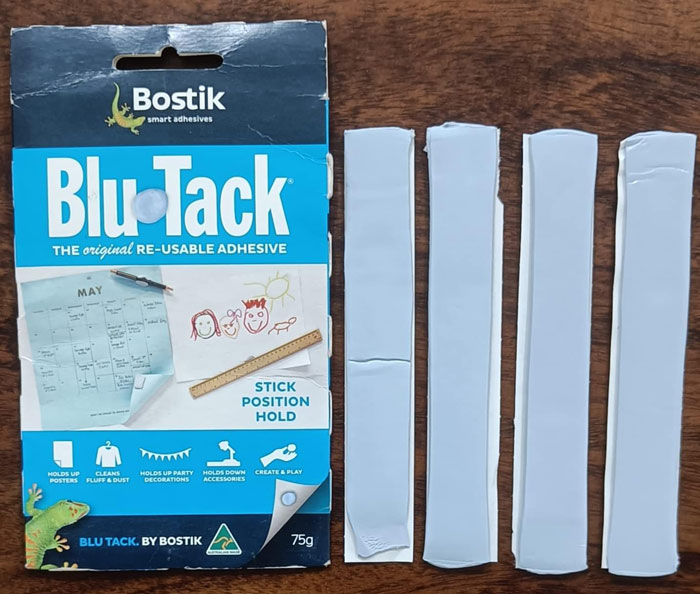
What is Tack?
Tack, also known as adhesive putty or mounting putty, is a reusable adhesive. It is used to attach lightweight objects, such as posters, sheets of paper, and decorations to dry surfaces like walls and doors.
Key Features of Tack:
- Composition: Made from a synthetic rubber compound.
- Safety: Non-toxic and solvent-free.
- Versatility: Suitable for various surfaces without causing damage.
Historical Background
Understanding the history of tack products helps you appreciate how they’ve evolved to meet various needs.
- Origin: Around 1970, an attempt to develop a sealant led to the accidental creation of a putty based on chalk powder, rubber, and oil.
- Initial Color: Originally white, the product was later colored blue to avoid confusion with chewing gum.
- Blu Tack: Produced by Bostik, Blu Tack remains the most recognized version. Even though the color change, its composition ensures it’s non-toxic and safe for all users.
By understanding these points, you can better appreciate the distinct characteristics of white tack and blu tack. The historical context also underscores why Blu Tack’s blue color remains an industry standard, offering both functionality and safety.
Types of Tack Products
You’ll find two primary types of tack products in use today: White Tack and Blu Tack. Though they serve similar purposes, each has unique properties. Understanding these differences helps you make an informed choice for your needs.
White Tack
Composition and Properties
- Definition: White Tack is a reusable adhesive putty.
- Main Components: Made from a synthetic rubber compound.
- Toxicity: Non-toxic, posing no health risk during regular use.
- Solubility: Insoluble in water.
- Flammability: Not flammable, but emits harmful gases when burned.
Usage
- Applications: Ideal for attaching lightweight objects such as posters, notes, and decorations to various surfaces.
- Performance: Best suited for dry, non-porous surfaces such as painted walls, glass, and metals.
- Advantages: Leaves minimal residue and can be easily removed without damaging surfaces.
Blu Tack
Composition and Properties
- Definition: Blu Tack is a reusable, putty-like adhesive.
- Main Components: Composed of a synthetic rubber compound.
- Toxicity: Non-toxic, ensuring safe usage.
- Solubility: Does not dissolve in water.
- Flammability: Non-flammable; but, it releases carbon dioxide and carbon monoxide when exposed to high temperatures.
Usage
- Applications: Commonly used to attach lightweight items like posters, notes, and decorations to dry surfaces.
- Performance: Works exceptionally well on non-porous surfaces like painted walls, glass, and metal.
- Advantages: Offers strong adhesion and can be removed without leaving significant residue.
History
- Origin: Initially developed as an accidental by-product while attempting to create a sealant around 1970.
- Color: Originally white, it was later colored blue to prevent confusion with chewing gum.
Variations
- Availability: Besides the traditional blue, Blu Tack is available in other colors including pink, white, and grey to suit various aesthetic needs.
| Feature | White Tack | Blu Tack |
|---|---|---|
| Main Components | Synthetic rubber compound | Synthetic rubber compound |
| Toxicity | Non-toxic | Non-toxic |
| Solubility | Insoluble in water | Insoluble in water |
| Flammability | Not flammable | Non-flammable |
| Usage | Lightweight objects on dry surfaces | Lightweight objects on dry surfaces |
| Performance | Best on non-porous surfaces | Best on non-porous surfaces |
| Residue | Minimal | Minimal |
| Original Color | White | Blue |
| Other Colors Available | No | Yes (pink, white, grey) |
| History | Developed in the 1970s | Developed in the 1970s |
Choose White Tack or Blu Tack based on the specific requirements of your project. Each offers unique advantages tailored to various needs.
Comparison: White Tack vs Blu Tack
When deciding between White Tack and Blu Tack, understanding their differences in various aspects helps you make an informed choice. Both are popular for their adhesive properties but offer distinct benefits.
Adhesive Strength
- Blu Tack: Known for its robust adhesive strength, Blu Tack effectively holds items securely in place. It excels at hanging posters, photos, and lightweight objects. But, its composition sometimes leaves an oily residue.
- White Tack: White Tack offers reliable adhesion with less oil content, reducing the risk of residue. While it might not match Blu Tack in strength, it provides a cleaner option for delicate surfaces.
Application and Usability
- Blu Tack: Easy to mold and apply, Blu Tack is perfect for temporary mounting needs. It’s reusable and versatile, making it a go-to for various household applications.
- White Tack: Like Blu Tack, White Tack is simple to use and reusable. Its less noticeable appearance makes it ideal when visibility is a concern or for use on light-colored surfaces.
Staining and Residue
- Blu Tack: Blu Tack can leave faint oily stains, particularly on porous or light-colored surfaces. This is due to its composition, which contains more oil.
- White Tack: White Tack, with less oil, generally avoids leaving stains. It’s preferred when maintaining clean surfaces is critical.
| Feature | Blu Tack | White Tack |
|---|---|---|
| Adhesive Strength | Stronger, may leave residues | Moderate, minimal residues |
| Usability | Reusable, versatile | Reusable, subtle appearance |
| Staining | Faint oily stains possible | Less likely to stain |
Understanding these properties ensures that you choose the right tack for your needs, maintaining both functionality and cleanliness.
Common Uses
Both White Tack and Blu Tack are versatile adhesives that cater to various needs across different settings. Understanding their common applications helps you decide which is more suitable for your specific requirements.
Home and Office
Blu Tack: This popular adhesive is ideal for hanging lightweight objects like posters, notes, and reminders on walls and doors. Blu Tack, a reusable putty-like adhesive, leaves no residue on most surfaces. It’s widely available and favored for its ease of use and effectiveness.
White Tack: While similar to Blu Tack, White Tack is preferred when you need a less visible adhesive that blends well with white or light-colored surfaces. It’s also effective for hanging lightweight items without compromising on aesthetic appeal.
Arts and Crafts
Blu Tack: In arts and crafts projects, Blu Tack is frequently used for its versatility. It can be molded and shaped, making it useful for creating small details or holding small objects in place. For instance, you can use Blu Tack in sculptures, models, and other creative projects.
White Tack: White Tack can also serve various arts and crafts purposes, particularly when a cleaner look is required. It provides similar moldability and adhesion, making it suitable for detailed work where a less conspicuous adhesive is advantageous.
Educational Settings
Blu Tack: In educational settings, Blu Tack is often employed for displaying teaching materials like charts, posters, and student projects. Its strong adhesive properties ensure that these materials stay in place, even on vertical surfaces.
White Tack: White Tack offers a similar application for educational environments but is preferred for its discrete appearance. It’s useful for situations where the adhesive must be minimally visible, ensuring a more polished and professional look for classroom displays.
Pros and Cons
Choosing between White Tack and Blu Tack depends on your specific needs and preferences. This section will break down the benefits and drawbacks of each type to help you make an well-informed choice.
Advantages of White Tack
White Tack offers several benefits, especially for those concerned about residue and delicate surfaces.
Less Greasy and Less Sticky
White Tack is less greasy and less sticky compared to Blu Tack. This makes it ideal for applications where residue is a concern.
No Deposits on Paint
White Tack doesn’t leave deposits on paint. This makes it a better choice for modelers and artists who need to mask areas without leaving residue.
Suitable for Delicate Surfaces
Its lower adhesive properties make it more suitable for delicate surfaces where Blu Tack might be too sticky.
Advantages of Blu Tack
Blu Tack stands out for its versatility and adaptability, making it a popular choice for various applications.
Versatile and Adaptable
Blu Tack is highly versatile. It can be used on a variety of surfaces, including non-porous surfaces like glass, metal, and painted surfaces.
Reusable
It is reusable, making it a cost-effective option for temporary adhesion needs.
Drawbacks of Each
Each type of tack has some limitations that you should consider based on your specific needs.
White Tack Drawbacks
- Lower Adhesive Strength: White Tack’s lower adhesive strength may not hold heavier objects as securely as Blu Tack.
- Limited Surface Application: While it works well on delicate surfaces, it may not adhere as effectively to non-porous surfaces like glass or metal.
Blu Tack Drawbacks
- Residue Risk: Blu Tack’s stronger adhesion often leaves oily residues, especially on delicate or porous surfaces.
- Noticeable Color: The blue color of Blu Tack can be visible on light-colored surfaces, potentially disrupting the aesthetic.
| Feature | White Tack | Blu Tack |
|---|---|---|
| Adhesive Strength | Lower | Higher |
| Residue | Minimal | Can leave oily residues |
| Surface Suitability | Delicate surfaces | Non-porous, various surfaces |
| Reusability | Yes | Yes |
| Color Visibility | Blends with light surfaces | Visible on light surfaces |
Consider these points carefully to determine which product suits your needs best. You may find that one type is better suited for specific tasks based on these characteristics.
Conclusion
Understanding the differences between White Tack and Blu Tack is essential for making the right choice for your specific needs. Each product offers unique benefits and limitations that can impact your projects. Whether you need strong adhesion or a cleaner application, knowing when to use White Tack or Blu Tack will help you achieve the best results. Consider the type of surface, the weight of the object, and the visibility of residue to make an well-informed choice. With this knowledge, you can confidently select the adhesive that best suits your requirements, ensuring a smooth and successful application every time.
Frequently Asked Questions
Does White Tack stain walls?
White Tack generally leaves minimal residue and is less likely to stain walls compared to Blu Tack. However, always test a small area first, as surfaces can vary.
Is Blu Tack or White Tack better?
White Tack is ideal for delicate surfaces like wallpaper and painted walls due to its less aggressive adhesive. Blu Tack offers stronger adhesion but may leave oily residues.
What’s the difference between Blue and White Blu Tack?
Blu Tack was originally white but was colored blue to prevent confusion with chewing gum. Both serve similar purposes but differ in adhesive strength and residue levels.
Does Blu Tack peel off paint?
Blu Tack can peel off paint, especially if the walls are not properly prepared or painted. Use caution when applying it to painted surfaces.
What is the real name of Blu Tack?
Blu Tack was accidentally developed as an adhesive putty in the 1970s and is most commonly associated with the brand Bostik.

